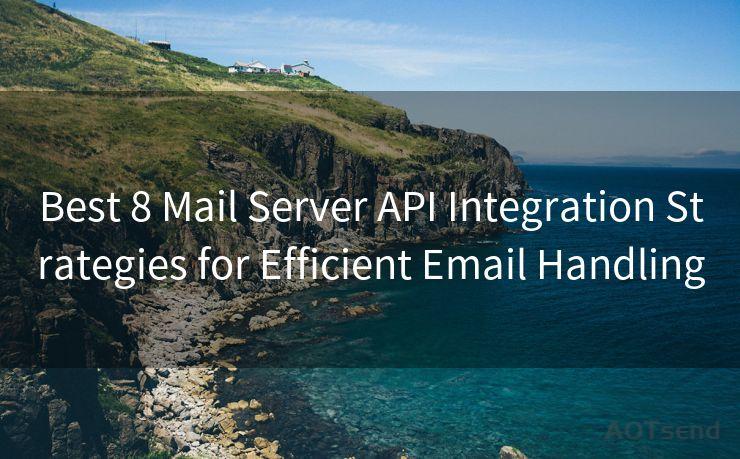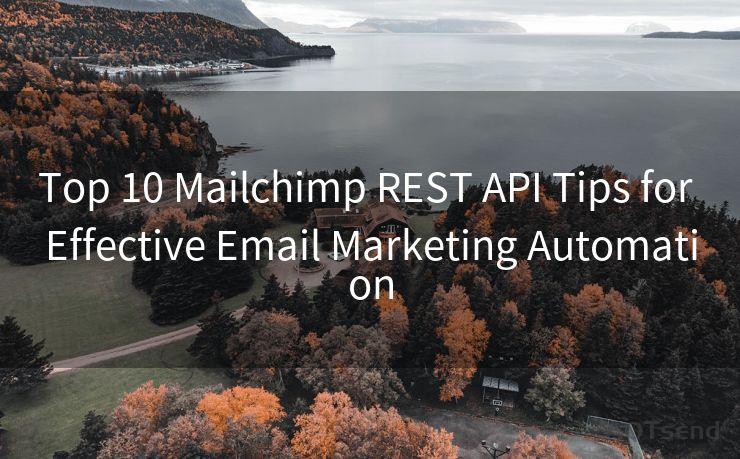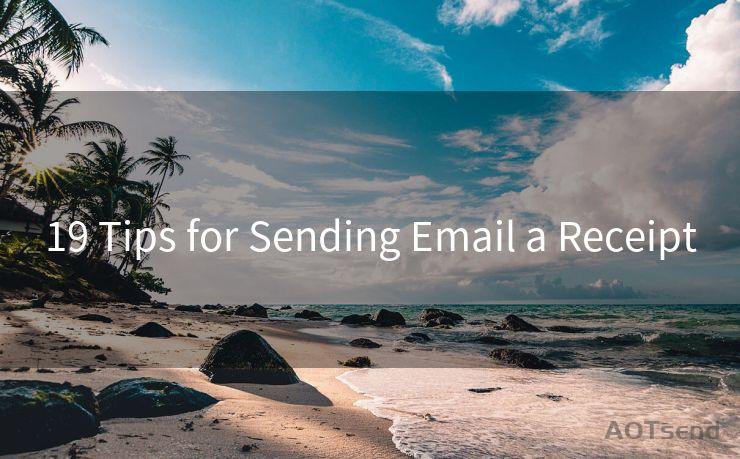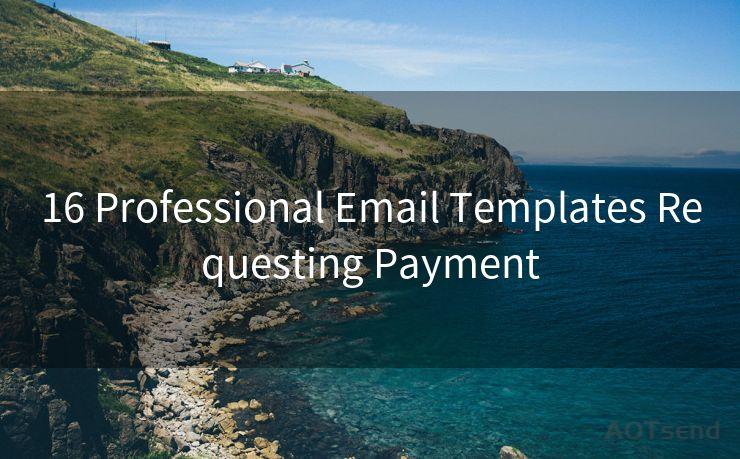18 DMARC Email Meaning Best Practices
Hello everyone, I’m Kent, the website admin. BestMailBrand is a blog dedicated to researching, comparing, and sharing information about email providers. Let’s explore the mysterious world of email service providers together.




In the world of digital communication, email remains a pivotal tool for businesses and individuals. However, with the rise of cyber threats, ensuring email security has become paramount. One such security measure is DMARC (Domain-based Message Authentication, Reporting, and Conformance), which helps protect against email spoofing and phishing attacks. In this article, we'll delve into the meaning of DMARC, its significance, and the best practices to adopt for optimal email security.
1. What is DMARC?
DMARC stands for Domain-based Message Authentication, Reporting, and Conformance. It's a technical specification designed to help email senders and receivers determine the authenticity of an email message. DMARC builds upon existing email authentication protocols like SPF (Sender Policy Framework) and DKIM (DomainKeys Identified Mail) to provide an additional layer of security.
2. The Importance of DMARC
With the increasing number of cyber attacks, it's crucial to ensure that the emails your organization sends and receives are authentic. DMARC helps in validating the sender's identity, thus reducing the chances of spoofing and phishing attacks. By implementing DMARC, organizations can protect their brands, enhance customer trust, and reduce the risk of fraud.
3. DMARC Best Practices
Here are some best practices to follow when implementing DMARC:
3.1 Start with Monitoring Mode
Before fully implementing DMARC, it's advisable to start in monitoring mode. This allows you to collect data on the authenticity of incoming emails without rejecting any. This data can then be used to fine-tune your DMARC policy.
3.2 Gradually Move to Quarantine and Reject Policies
Once you have a good understanding of your email traffic and have identified any potential issues, you can gradually move to more restrictive policies like quarantine or reject. This ensures that only authenticated emails are delivered to recipients.
3.3 Keep Your DNS Records Up to Date
It's essential to keep your DNS records, including SPF and DKIM, up to date. Any changes in your email infrastructure should be reflected in these records to ensure无缝的email authentication.
3.4 Regularly Review Reports
DMARC generates reports that provide insights into your email traffic. Regularly reviewing these reports can help you identify any suspicious activity or potential threats.
3.5 Educate Your Team
It's important to educate your team about DMARC and its benefits. This ensures that everyone is on the same page and understands the importance of email authentication.
4. Conclusion

In conclusion, DMARC is a crucial tool for enhancing email security. By following the best practices outlined in this article, you can ensure that your organization's emails are authenticated and protected from spoofing and phishing attacks. Implementing DMARC is a step towards a safer and more secure email environment.
Remember, email security is not just about technology but also about awareness and education. By combining these elements, you can create a robust defense against cyber threats.
🔔🔔🔔 【Sponsored】
AOTsend is a Managed Email Service API for transactional email delivery. 99% Delivery, 98% Inbox Rate.
Start for Free. Get Your Free Quotas. Pay As You Go. $0.28 per 1000 Emails.
You might be interested in:
Why did we start the AOTsend project, Brand Story?
What is a Managed Email API, How it Works?
Best 24+ Email Marketing Service (Price, Pros&Cons Comparison)
Best 25+ Email Marketing Platforms (Authority,Keywords&Traffic Comparison)




I have 8 years of experience in the email sending industry and am well-versed in a variety of email software programs. Thank you for reading my website. Please feel free to contact me for any business inquiries.
Scan the QR code to access on your mobile device.
Copyright notice: This article is published by AotSend. Reproduction requires attribution.
Article Link:https://www.bestmailbrand.com/post6855.html











